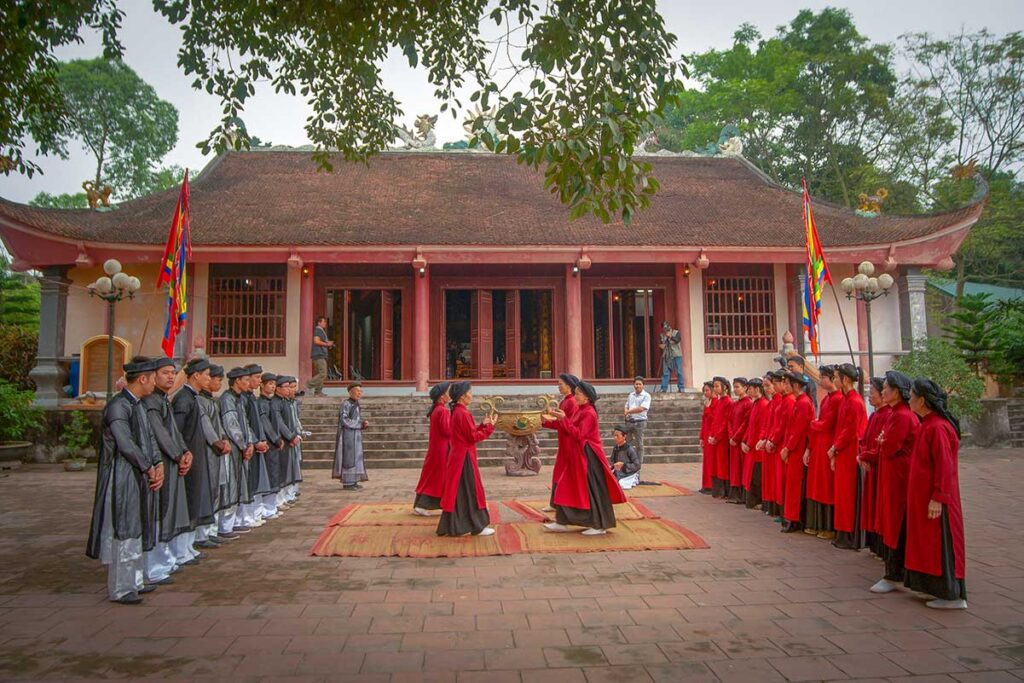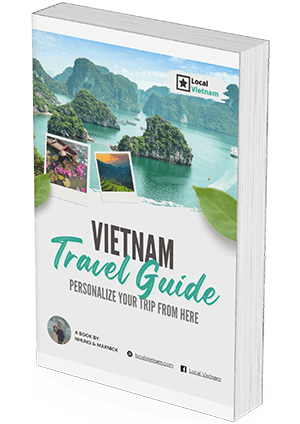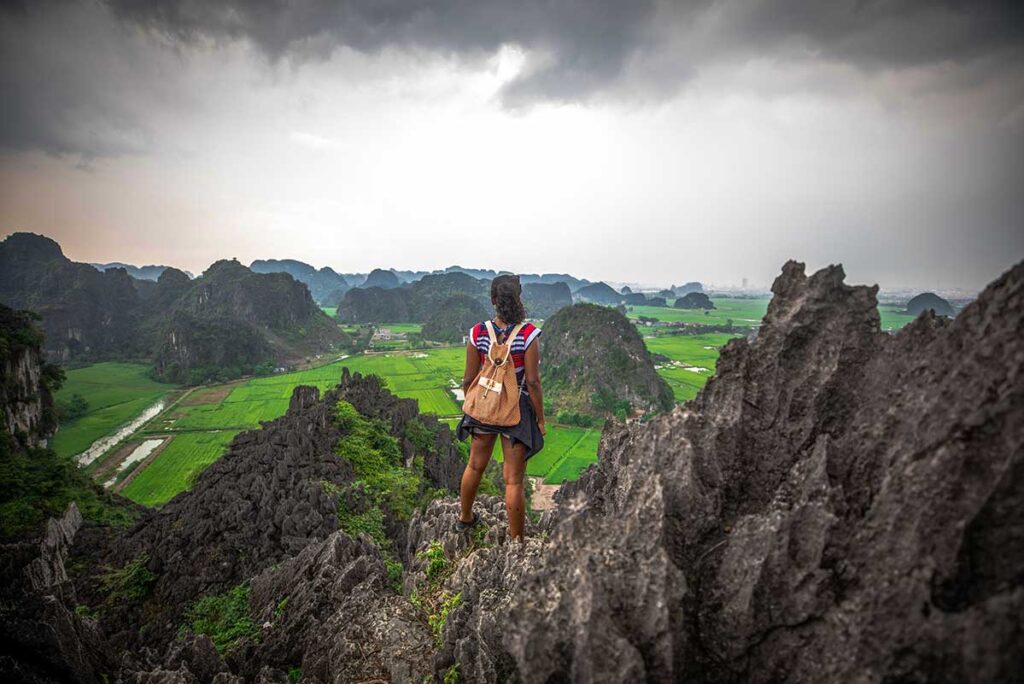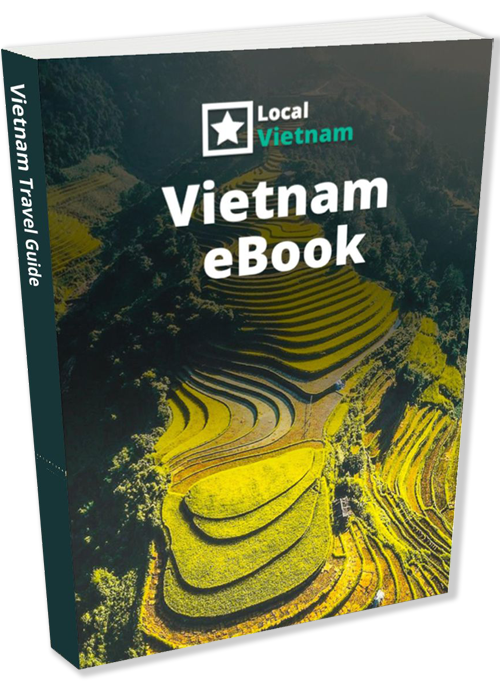About Phu Tho
Phu Tho is a province in northern Vietnam, located about 80 kilometers northwest of Hanoi. Its capital, Viet Tri, is a bustling city known as the “City of Festivals” due to its rich cultural heritage. Geographically, the province lies at the gateway to Vietnam’s mountainous northern regions, with a mix of lowland plains and hilly areas that make it a transition zone between the Red River Delta and the highlands.
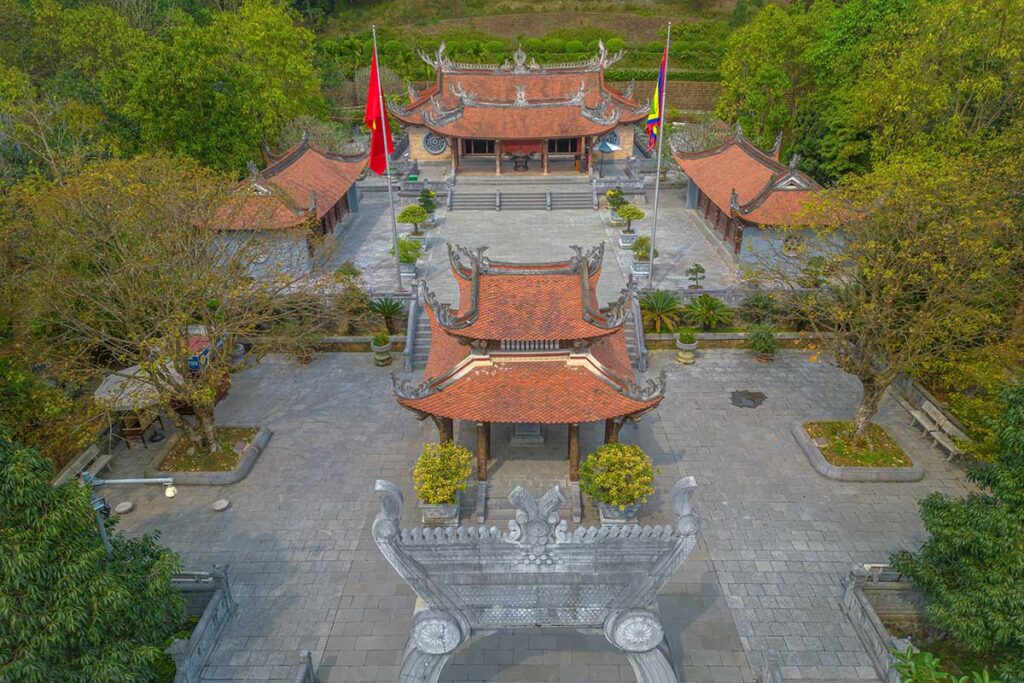
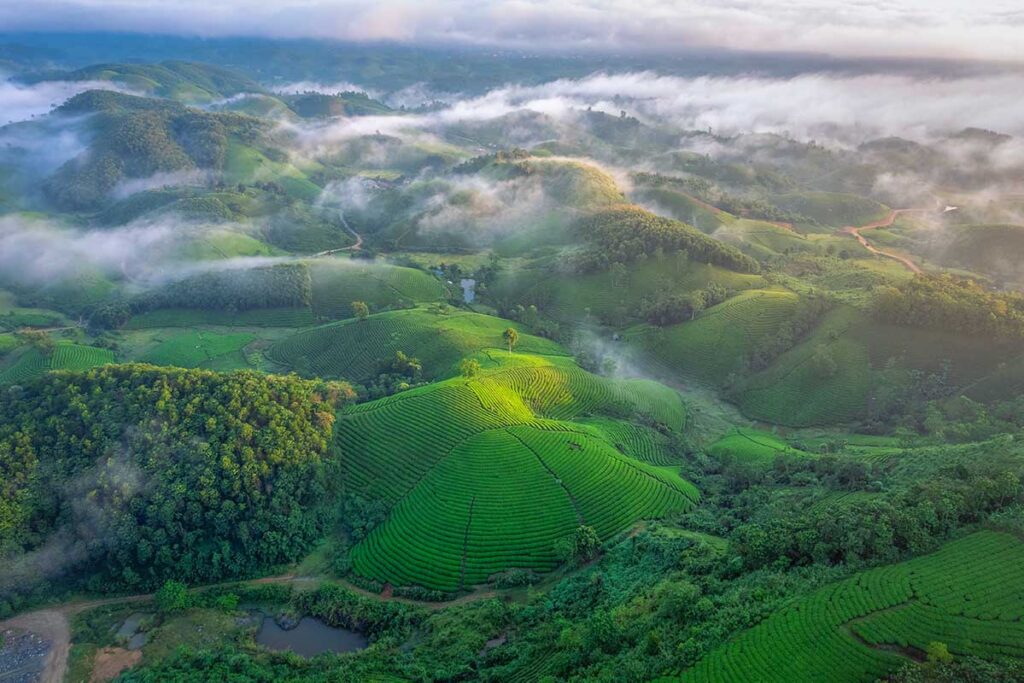
Phu Tho is deeply rooted in Vietnamese history as the birthplace of the nation. It was part of the ancient state of Xich Quy during the Hong Bang period, which dates back to the third millennium BC. The province is famously associated with the Hung Kings, legendary rulers credited with founding the first Vietnamese state. Phong Chau, an ancient capital during their reign, solidifies the province’s historical significance. The Hung Kings Temple Complex, located on Nghia Linh Mountain, is a key site where festivals and ceremonies honor these rulers and the nation’s early history. Many of the things to do in Phu Tho center around exploring its historical and cultural importance.
Is Phu Tho worth to visit?
Phu Tho is worth visiting for those interested in Vietnam’s history and cultural origins. While its natural scenery doesn’t rival northern provinces like Ha Giang or Sapa, the province offers a unique mix of historical and cultural significance as the “birthplace” of Vietnam. If you’re heading to Sapa or the northern highlands, Phu Tho can make for an enriching stopover to explore its heritage. However, for those seeking dramatic landscapes or vibrant tourist infrastructure, it might not be the most appealing destination.
Best time to visit Phu Tho
Phu Tho is located in northern Vietnam, sharing similar weather patterns with Hanoi and other provinces in the Red River Delta. Like much of northern Vietnam, it experiences four distinct seasons, including a warm and humid summer, a cool and dry winter, and transitional spring and autumn periods.
The best time to visit Phu Tho is during the dry season, which runs from October to April. The most pleasant months are March and April, when the weather is mild, and the Hung Kings Temple Festival takes place, adding a vibrant cultural experience to your trip. Autumn months like October and November are also ideal, with cooler temperatures and less rainfall.
How to travel to Phu Tho
The best way to reach Phu Tho is by first traveling to Hanoi and then continuing your journey from there. Phu Tho does not have its own airport, but Hanoi’s Noi Bai International Airport is just a 50-minute drive from the province’s main city, Viet Tri. The express highway connecting Hanoi to Lao Cai (the gateway to Sapa) runs through Phu Tho, making it easily accessible by road in about 1.5 to 2 hours from Hanoi city center, depending on your destination in Phu Tho.
The province’s biggest hub is Viet Tri, its capital city, but there is also a smaller city called Phu Tho, located more centrally within the province.
Bus options
From Hanoi, there are plenty of buses running to Viet Tri. The 2-hour trip is most comfortable with shared limousine vans, starting at 150,000 VND (approximately $6 USD). If you’re traveling from elsewhere in Vietnam, it’s best to get to Hanoi first, as Phu Tho isn’t directly connected to most major cities.
Train connections
Phu Tho is served by two train stations—Viet Tri Train Station and Phu Tho Train Station—both located on the Hanoi to Lao Cai (Sapa) railway line. This route runs on a separate track from the north-south railway, meaning travelers coming from southern Vietnam must first transit in Hanoi before continuing to Phu Tho.
From Hanoi, it takes approximately 2 hours to reach Viet Tri Train Station, the province’s main station, and around 2.5 hours to get to Phu Tho Train Station. However, train travel is not the most practical option for visiting Phu Tho. Most trains on this route are scheduled for overnight travel to Lao Cai, which is convenient for travelers heading to Sapa. For Phu Tho, though, this means arriving at midnight, making it less ideal unless you have specific plans or accommodations arranged in advance.
Private car with driver
Hiring a private car is an excellent option for its convenience and flexibility. You can enjoy door-to-door service at your preferred time and even use the car for sightseeing around Phu Tho or multi-day trips. Unlike a taxi, private cars offer fixed prices upfront, making them a reliable choice.
Need a private car from Hanoi to Phu Tho?
Want a smooth journey from Hanoi to Phu Tho? We offer private cars with local drivers who know the route well. Perfect for flexible day trips or multi-stop itineraries, with optional help planning your route.
Things to do in Phu Tho
Phu Tho offers a blend of history, culture, and natural beauty, making it a unique stop for travelers interested in Vietnam’s heritage. From ancient temples to lush tea hills and traditional craft villages, this province provides insights into the origins of Vietnamese civilization.
1. Hung Kings Temple Complex
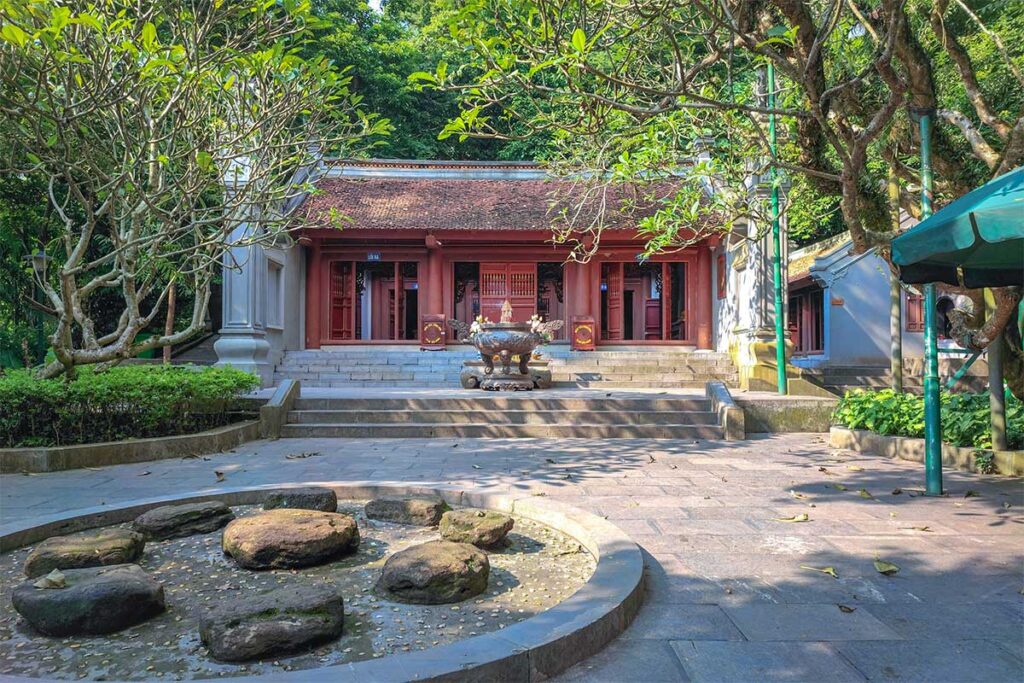
The Hung Kings Temple, located on Nghia Linh Mountain, is one of Vietnam’s most significant historical and cultural landmarks. This temple complex honors the legendary Hung Kings, considered the founding fathers of Vietnam, and consists of multiple temples, a pagoda, and a mausoleum surrounded by lush forests.
Highlights include Den Ha (the lower temple), Den Trung (the middle temple), and Den Thuong (the upper temple), where ancient rituals and worship took place. The steep steps leading to the temples provide a sense of pilgrimage, rewarding visitors with serene views and a connection to Vietnam’s rich history and mythology.
Hung Kings Temple Festival
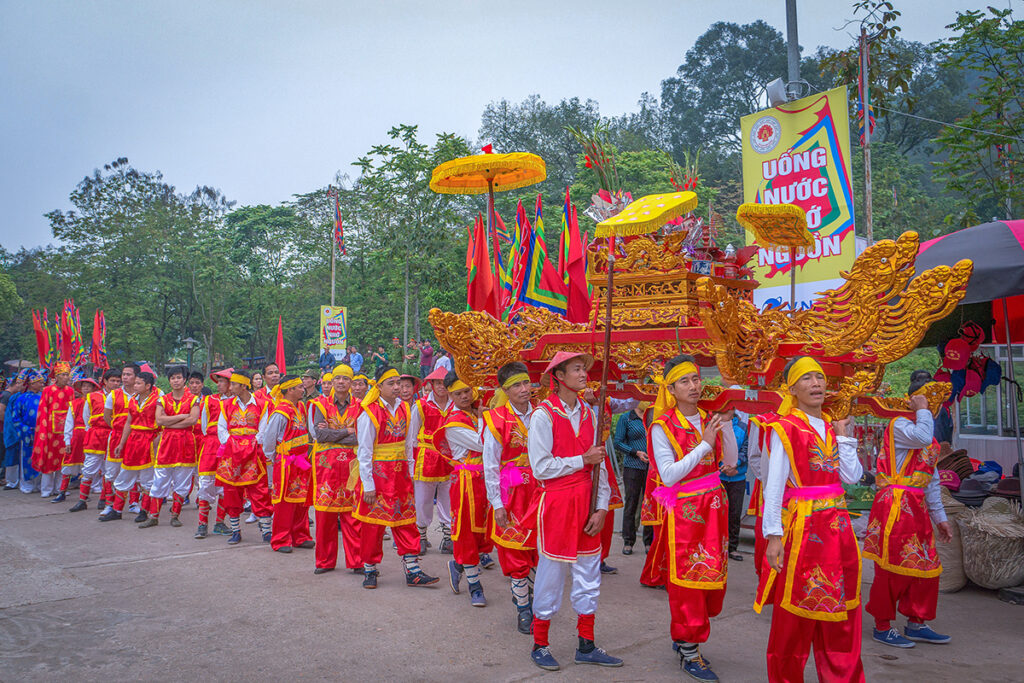
The Hung Kings Temple Festival, celebrated on the 10th day of the third lunar month, is a vibrant national event commemorating the Hung Kings. Visitors can witness traditional processions, ceremonial singing such as Xoan and Ca Tru, and various folk activities like rice cooking contests, crossbow shooting, and dragon dancing.
While the festival offers an incredible cultural experience and is often considered the best time to visit, it also draws massive crowds, with millions of attendees over the ten-day celebration.
Travel tip: If you prefer a quieter visit, it’s better to explore the temple complex outside the festival period, as navigating the site during the event can be overwhelming.
2. Xuan Son National Park
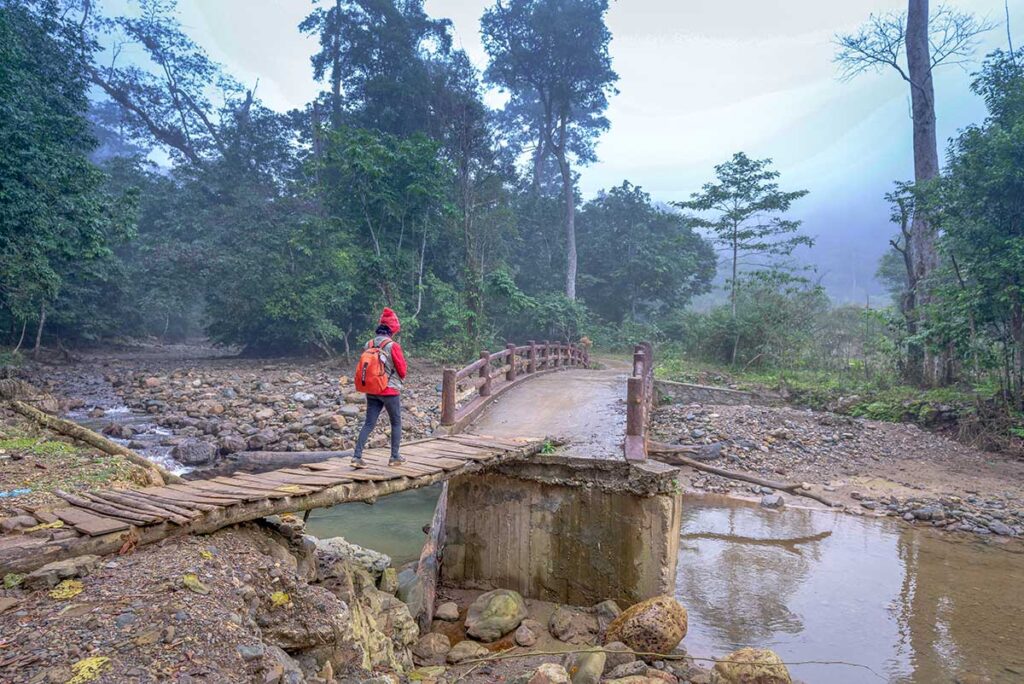
Xuan Son National Park offers a tranquil escape into nature, with its dense forests, limestone karsts, and unique biodiversity. Popular activities include trekking to peaks like Ten Mountain, exploring hidden caves, and learning about local Dao and Muong ethnic cultures through homestays in villages like Ban Du and Ban Lap. Camping is allowed, but staying in traditional stilt houses lets you experience rural life firsthand. The park is home to rare wildlife, including the sun bear and Phayre’s langur, making it a great destination for eco-tourism enthusiasts.
3. Long Coc Tea Hills
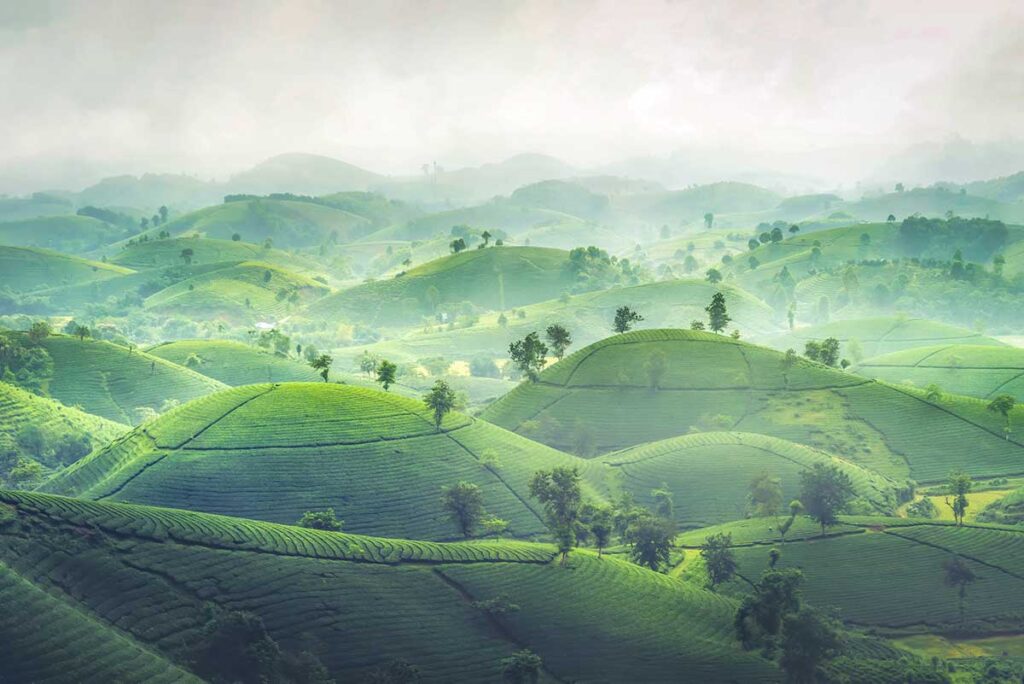
The Long Coc Tea Hills are often referred to as the “upturned bowls” of Phu Tho due to their unique, picturesque shape. Often blanketed in mist during autumn and early winter, the hills are a photographer’s paradise. Tea cultivation is the main livelihood for the local Muong community, and visitors can watch farmers picking tea leaves at sunrise. Located about 70 kilometers from Viet Tri, this is a perfect spot for those seeking stunning landscapes and insight into Vietnam’s tea industry.
4. Hung Lo Ancient Village
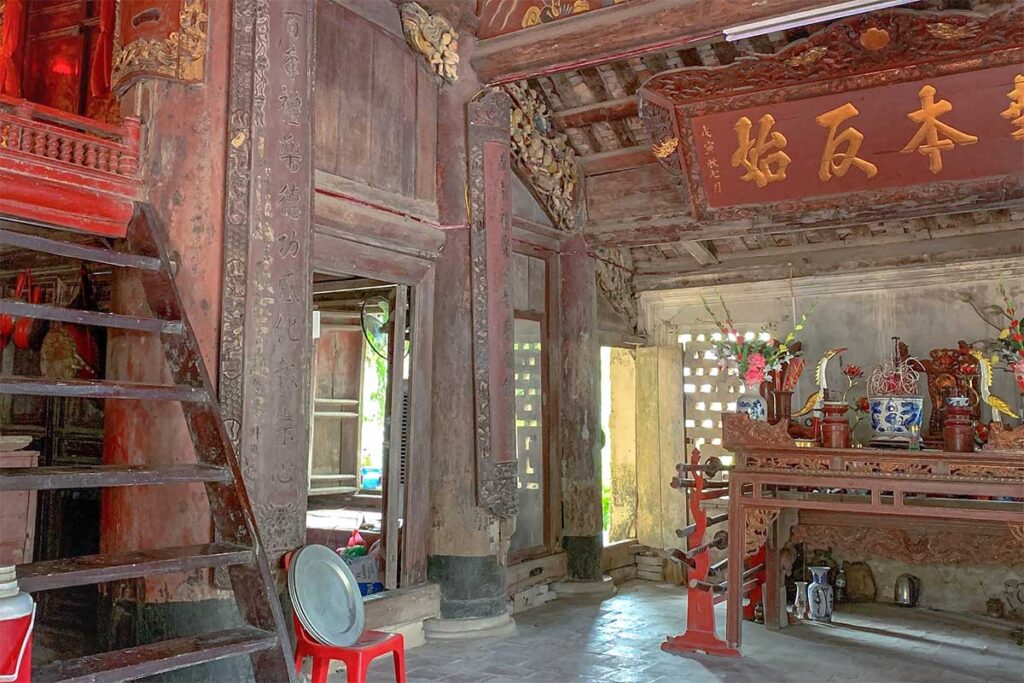
Hung Lo Ancient Village, located 10 kilometers east of the Hung Kings Temple, is a fascinating glimpse into Vietnam’s rural history and culture. The highlight of the village is the 300-year-old Hung Lo Communal House, known for its unique architecture and spiritual significance. It is also the birthplace of Xoan singing, a UNESCO-recognized intangible cultural heritage, performed as part of local rituals and celebrations. Visitors can enjoy this traditional art form while exploring the serene village setting, surrounded by rice fields and traditional wooden houses.
5. Craft Villages
Phu Tho is home to 75 recognized craft villages, each showcasing traditional skills passed down through generations. Among the most notable is the Thuy Tram red carp farming village, famous for breeding vibrant red carp used in the Kitchen Gods’ Day celebrations.
Another must-visit is Cat Tru Banh Chung Village, known for its delicious banh chung, a traditional rice cake prepared during Tet and as an offering at the Hung Kings Temple. For those interested in craftsmanship, the Van Du carpentry village offers insight into the region’s woodworking traditions, where skilled artisans create intricate wooden goods.
6. Thanh Thuy Hot Mineral Spring
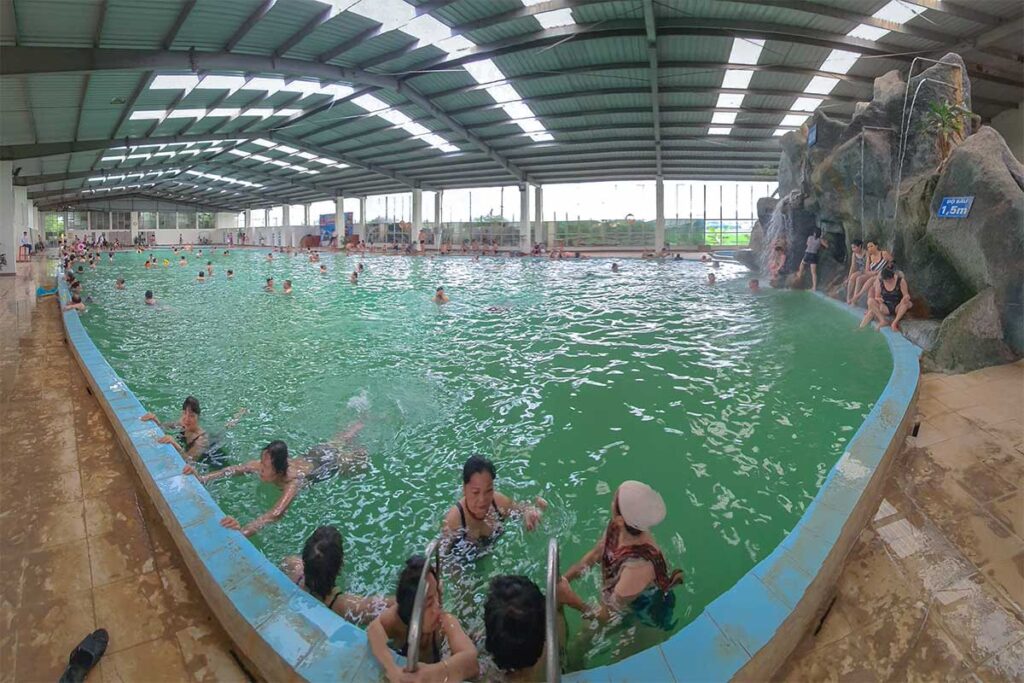
Thanh Thuy Hot Mineral Spring, located along the Da River, is a relaxing retreat known for its therapeutic waters, with temperatures ranging from 37 to 43 degrees Celsius. The area features several resorts where visitors can soak in the mineral-rich waters, believed to promote relaxation and health. It’s an ideal stop to unwind after exploring northern Vietnam or a long journey along the rugged northern routes.
Travel tip: Weekdays are less crowded, offering a more peaceful experience compared to weekends.
7. Van Hoi Lagoon
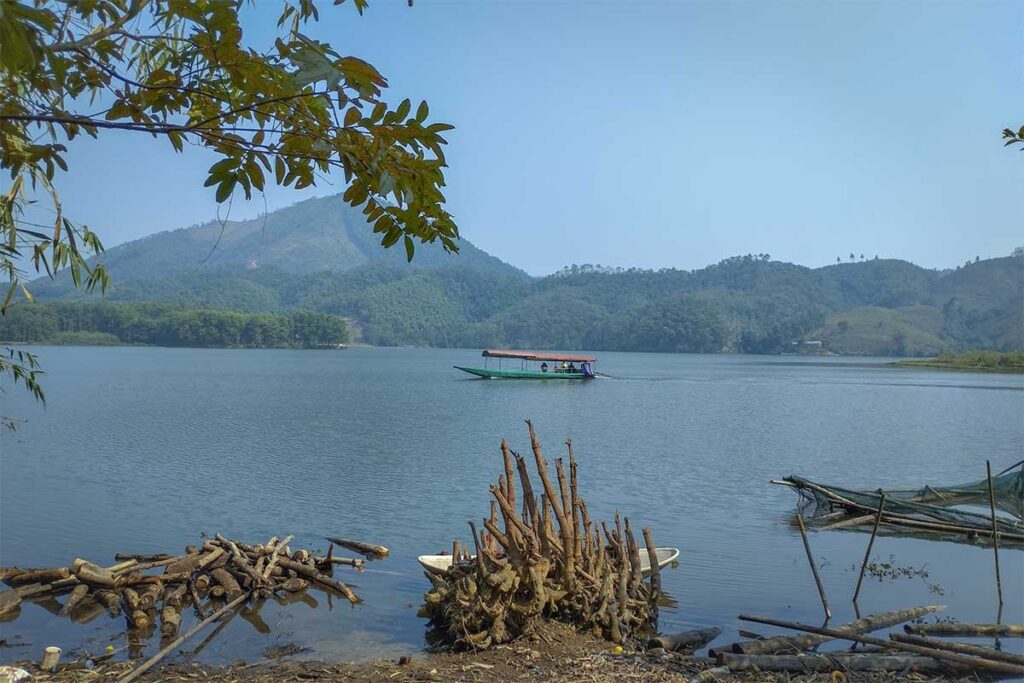
Van Hoi Lagoon, often called a miniature version of Ha Long Bay, is a serene eco-tourism destination in Ha Hoa District. The lagoon is dotted with 40 lush islets rising from calm waters, creating a stunning landscape perfect for a peaceful retreat. Visitors can rent boats from locals to explore the area and interact with the Tay and Dao ethnic groups who live around the lagoon. It’s an excellent spot for nature enthusiasts looking for a quiet escape.
Where to stay in Phu Tho
If you’re only visiting the Hung Kings Temple Complex, Phu Tho can be explored as a day trip from Hanoi or as a stopover en route to northern Vietnam. However, staying overnight offers the opportunity to explore more of the province.
Viet Tri, the provincial capital and just 10-20 minutes from the Hung Kings Temple Complex, is a convenient base. In the city center, Van Lang Park is a highlight, featuring a picturesque lake, a pedestrian bridge illuminated at night, and a lively nightlife scene with restaurants and beer stalls nearby. Staying in this area provides easy access to the temple complex and a chance to experience the city’s evening atmosphere.
For a more local experience, Tan Son District is ideal. This area, home to Xuan Son National Park, tea hills, and waterfalls, offers ethnic homestays in villages around the park. These accommodations are basic but provide an authentic cultural experience. Many homestays are not listed on popular booking platforms, so arranging your stay through a local guide or booking upon arrival can add a sense of adventure to your trip.
2 Day travel itinerary
This 2-day itinerary is perfect for experiencing the highlights of Phu Tho, combining cultural heritage, scenic landscapes, and nature exploration.
Day 1
- Early morning:
Begin your day at the Hung Kings Temple Complex, which opens at 7 a.m. Visiting early allows you to avoid crowds, especially during holidays or weekends. - Mid-morning:
Take a short 15-minute drive to Hung Lo Ancient Village and explore its rich history and cultural traditions, including the renowned Hung Lo Communal House. - Afternoon:
Drive to the Long Coc Tea Hills, where you can admire the scenic landscapes and learn about the tea cultivation process. - Evening:
Head to Xuan Son National Park and stay overnight in a village homestay, immersing yourself in local culture and enjoying the tranquility of the rural setting.
Day 2
- Full or half day:
Spend your second day exploring Xuan Son National Park. Go trekking through its dense forests, visit remote villages, or discover hidden caves and streams. It is recommended to hire a local guide to navigate the trails or arrange a guided trek to one of the park’s peaks.
